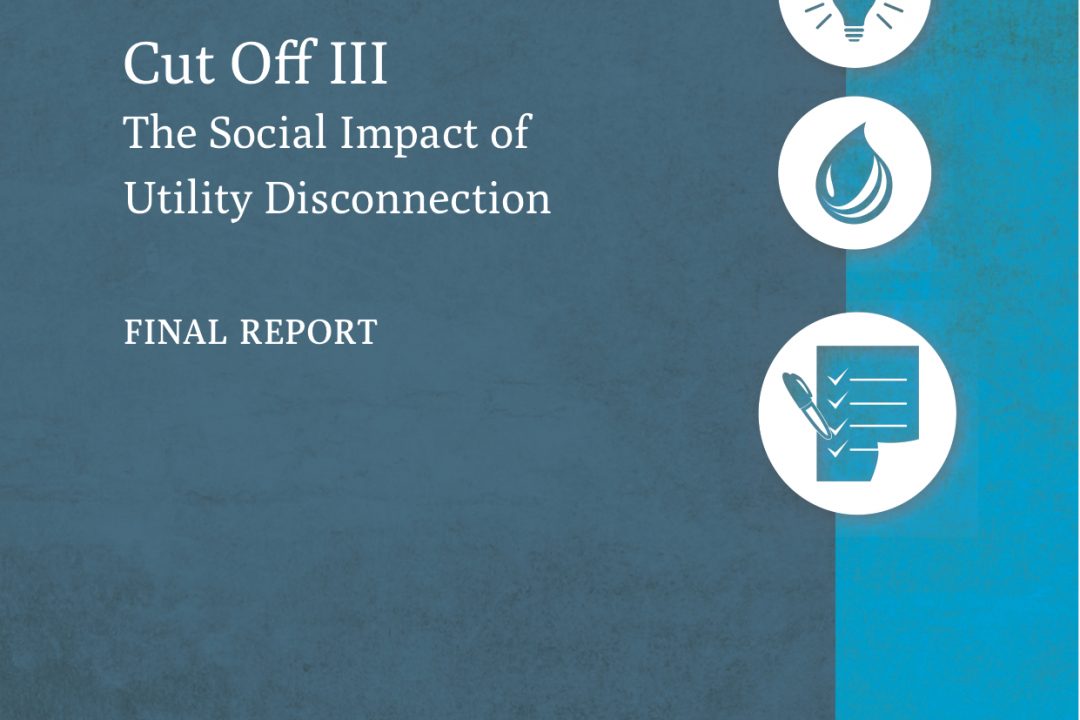
Paid workers are as likely as pensioners and the unemployed to
be disconnected from electricity or other utilities, research from the
Public Interest Advocacy Centre (PIAC) has found.
Forty four per cent (44%) of households disconnected from
electricity, gas or water in NSW last year reported their primary source of income
as paid employment.
A further forty five per cent (45%) of households cut off
from electricity or other utilities cited Centrelink payments as their primary
income source.
PIAC’s research findings were released in Cut Off III (pdf).
Read the key findings and recommendations
Read the case studies
‘In 2012, there was a significant increase in respondents
who reported that their gas, water or electricity bill was unusually high,’ said
PIAC senior policy officer, Carolyn Hodge.
‘Although most respondents owed between $300 and $1,000
prior to disconnection, almost one in four households owed more than $1,000
when they were disconnected. These debt levels are significantly higher than
they were four years ago,’ Ms Hodge said.
More than a quarter of disconnected households (26%) were
disconnected more than once during the year, and many respondents said they were
unable to pay energy and water bills because they had to meet medical expenses.
‘Forty-five per cent (45%) of disconnected households
included a person with a health condition, some of whom rely on electrical equipment
such as wheelchairs,’ Ms Hodge said.
Embarrassment was the largest barrier to people seeking help
to pay utility bills.
‘Many people don’t know where to go for assistance, or are unaware
they can ask for energy and water vouchers or payment assistance to help them
pay their bills,’ Ms Hodge said.
Cut Off
III is PIAC’s third report into the social impact of
electricity, gas and water disconnections. Previous reports were issued in 2005
and 2009.
More information available here